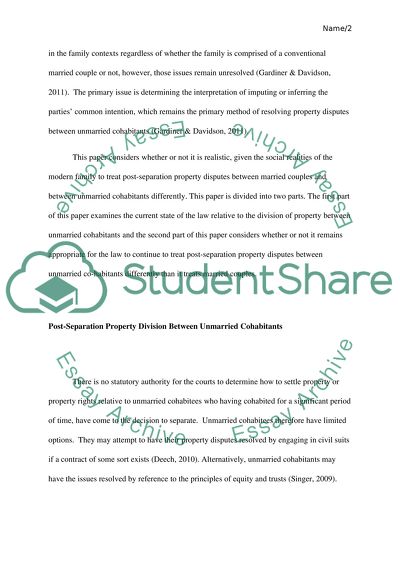Cite this document
(“Should the Law Continue to Threat Married Couples Differently from Essay”, n.d.)
Retrieved from https://studentshare.org/law/1442277-should-the-law-continue-to-threat-married-couples
Retrieved from https://studentshare.org/law/1442277-should-the-law-continue-to-threat-married-couples
(Should the Law Continue to Threat Married Couples Differently from Essay)
https://studentshare.org/law/1442277-should-the-law-continue-to-threat-married-couples.
https://studentshare.org/law/1442277-should-the-law-continue-to-threat-married-couples.
“Should the Law Continue to Threat Married Couples Differently from Essay”, n.d. https://studentshare.org/law/1442277-should-the-law-continue-to-threat-married-couples.


